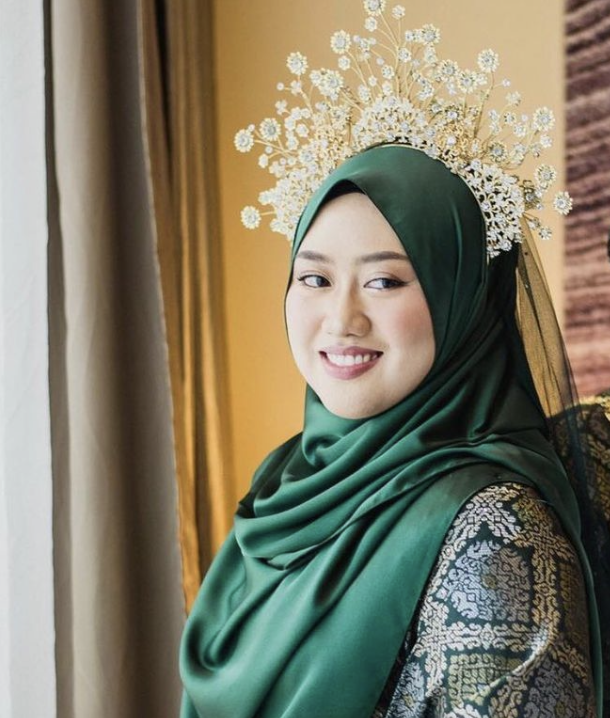Singapore is a country rich in diversity, making it a multicultural country. This is due in part because it is made up of different ethnic groups from neighboring countries in the East and South East Asian region, harvesting a heterogeneous culture. High-context communication through non-verbal cues and body language and a strong emphasis on friendships and trust is the norm in Singapore (Evered, 2023). Due to having such a multicultural population, many different languages are spoken in Singapore such as Mandarin, Malay, Tamil, and English (Leimgruber et al., 2020). Singaporeans hold on to traditional beliefs, such as the idea of ‘hot-cold balance’ which has a significant impact on food practices, and the medicinal and healing qualities found in traditional foods (Reddy & van Dam, 2020). Singapore is made up of many different identities and thus is diverse in many of its core cultural ways.

Figure 4 : Singapore’s unofficial national dish Chicken Rice
In terms of traditional dress and fabric, Singapore shares similarities with its fellow countries found in the Southeast Asian region. In specific, Singapore is associated with Indonesia, Malaysia and Brunei Darussalam as a Malay family as it shares parallels in traditional dress like the Sarong or Songket (Putri et al., 2022, p. 52). The Songket in particular is attire that was previously used only during traditional ceremonies and usually depicts Malay beliefs and values through motifs as well as a connection to the values of the Islamic religion (Sardar et al., 2023, p. 4). Another type of religious dress worn by many Singaporean people, particularly women is the Hijab worn by the Muslim women in the country (Malhotra et al., 2023). These various types of attire hold significant and rich meaning both in Singapore’s religious and indigenous sectors.

Figure 5: Traditional Songket


